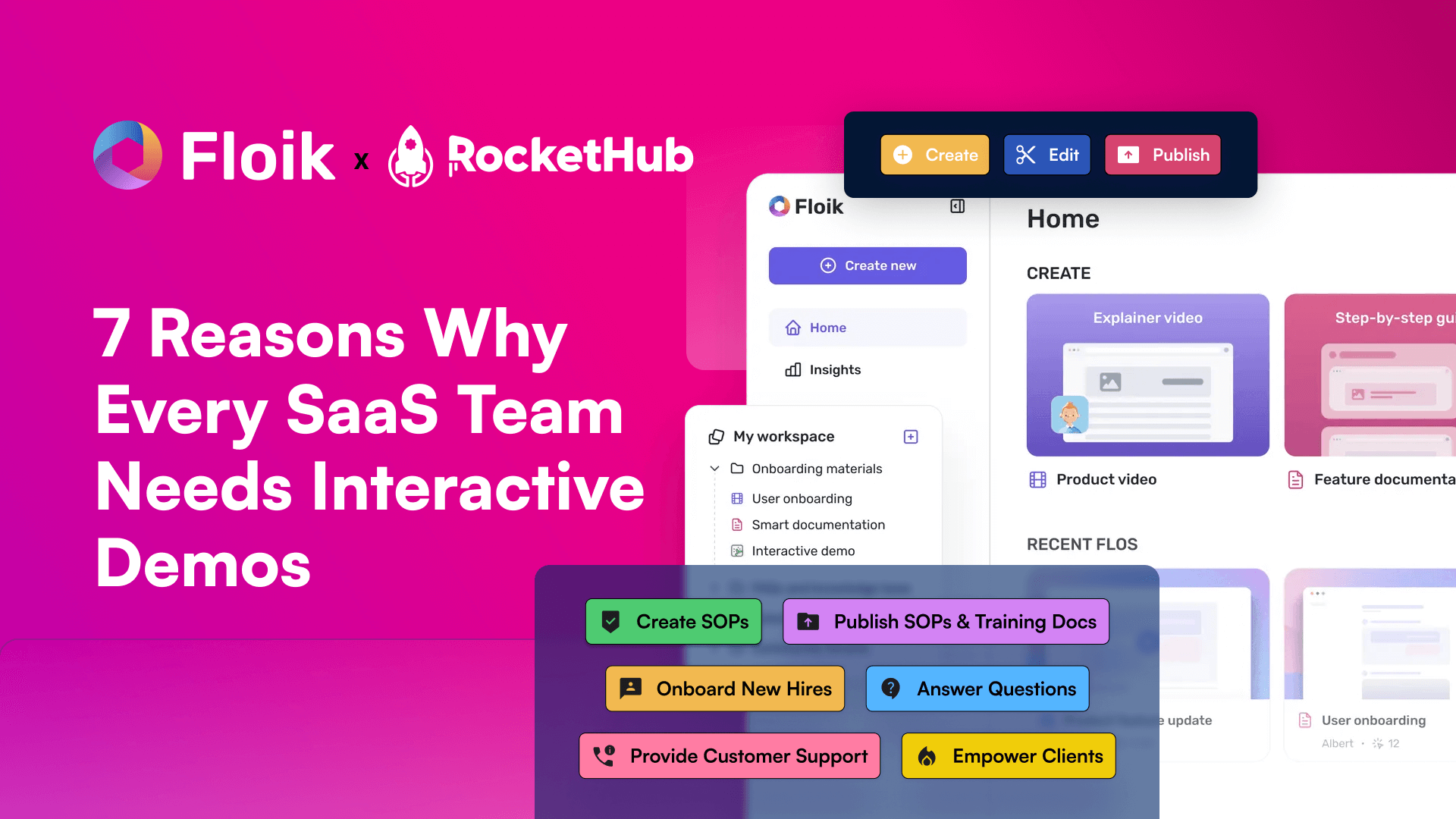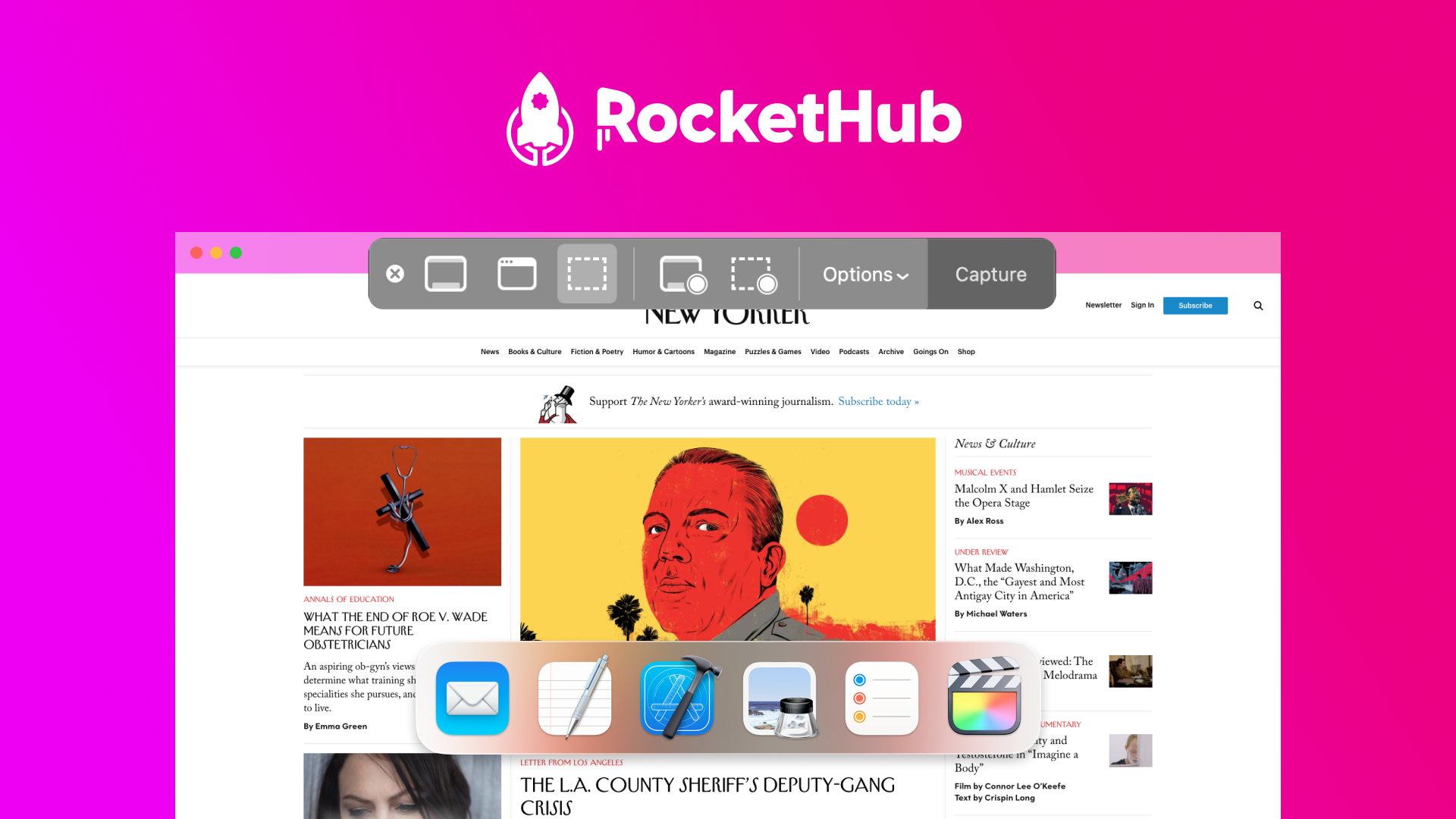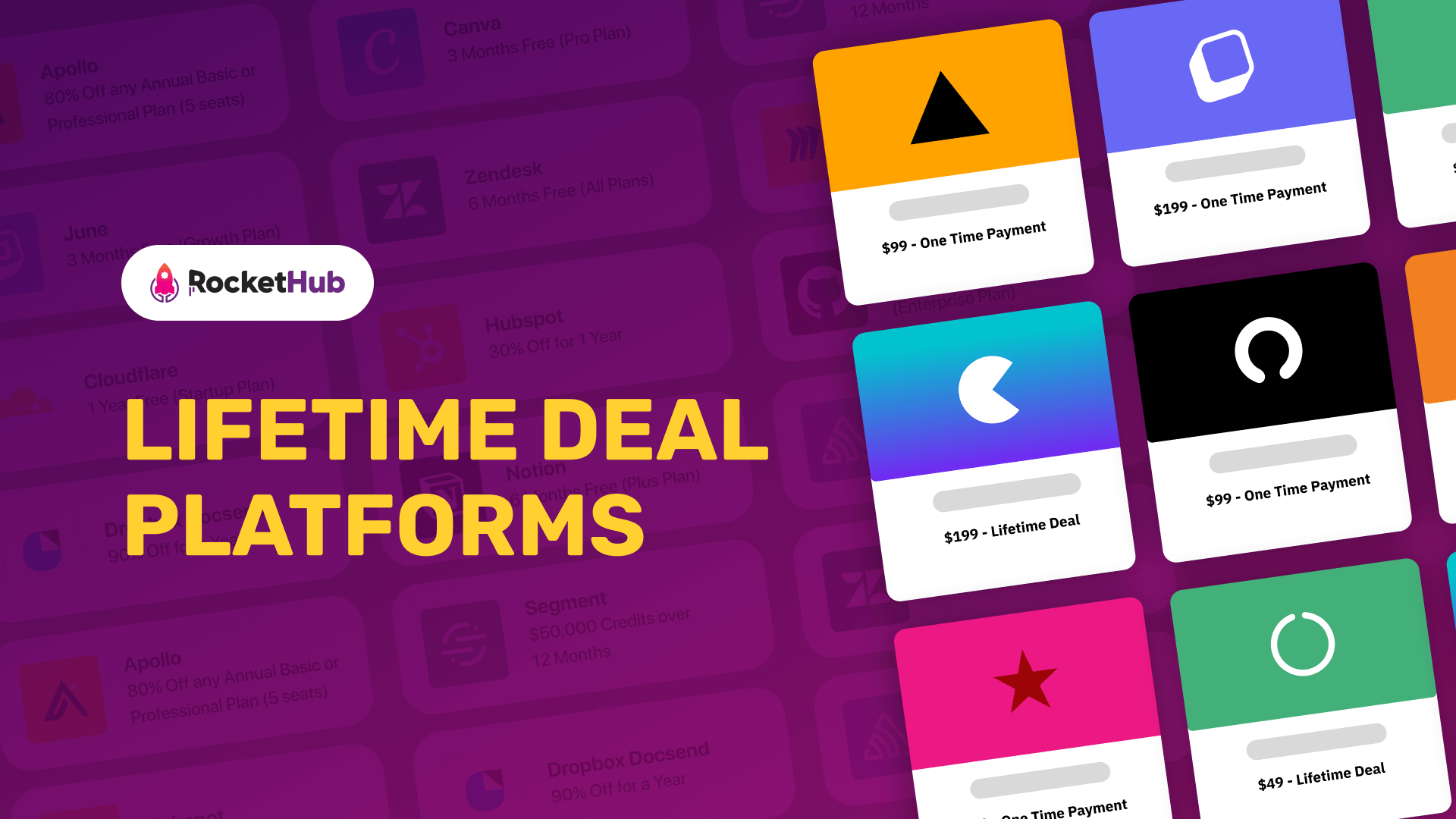
How to Predict and Reduce Churn in 3 Easy Steps
- Angel Alfred
- December 21, 2022

Retaining customers is essential for any business, as it allows organizations to build a loyal customer base and maximize revenue. It can be difficult to predict when a customer is close to leaving, as well as how to prevent churn. Fortunately, there are a few steps companies can take to both predict and reduce churn. In this blog post, we’ll explore three key steps to more accurately predict and reduce churn.
What Is Customer Churn Analysis?
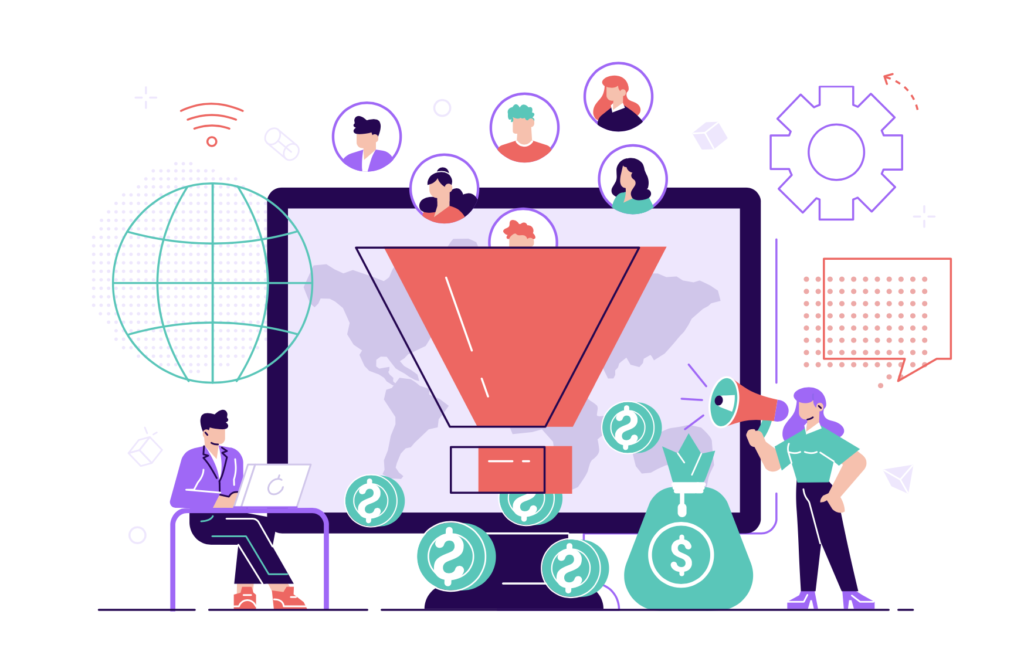
It’s easier to retain an existing client than acquire a new one. Also, it’s more manageable to prevent a customer from leaving than to persuade one to come back. For these reasons, understanding and mitigating customer churn are essential to your overall success.
Customer churn is the percentage of customers who cancel or disengage with your company or, for any reason ceases to be a customer. This percentage is called customer churn or customer attrition. The number of people who leave service during a predetermined length of time, such as a year, a month, or a financial quarter is called the customer churn rate.
Understanding how to measure your churn rate will help you conduct a thorough churn analysis.
The ability to forecast and predict customer churn is an invaluable asset that you should devote time and resources to developing. Customer attrition happens at different rates for different businesses, depending on several factors. It’s essential to use customer churn analysis to understand your customer base’s behavior and determine ways to prevent revenue losses.
Businesses will measure customer and revenue churn regularly to see if they meet operational objectives and evaluate and forecast their financial health. This is known as a churn analysis. It’s possible to do this after the fact or as a prediction.
Churn analysis is the study of your customer’s behavior to figure out why they’re leaving. To reduce their churn rates, companies evaluate customers’ loss rates and analyze product usage patterns—it isn’t just about knowing what rate you’ve got but also figuring out how best to address this issue with a solution that will make them stay.
Small businesses make substantial investments and efforts to acquire consumers. The only method to recoup your initial acquisition cost is to grow the lifetime value of your client.
Why Understanding Churn is Important
Customer churn analysis is vital for businesses because it allows companies to analyze which clients are likely to defect. By knowing these indicators, companies can either develop new targeted retention strategies or allocate resources toward improving client management to prevent them from leaving.
Retain Don’t Regain; Customer Churn Is Expensive
As mentioned earlier, it’s less expensive and produces a higher LTV when existing customers are retained. The cost of generating leads to counterbalance churn or deploying win-back campaigns can add up quickly. Many companies have limited marketing budgets for this kind of activity, resulting in reduced growth and revenue.
Proper customer churn analysis can prevent you from burning the budget, offsetting or correcting churn by developing methods to avoid it.
Customer Churn Stunts Growth
Your churn rate is a good barometer of future success – or the lack of it. Existing customers who already know your brand are the best audience if you’re developing new products or services. However, if your customer lifetime value is low, new endeavors may fail.
Customer turnover rates are harmful to long-term development. Before your company suffers, take the necessary measures to minimize customer churn.
Unhappy Customers Can Harm Your Brand’s Reputation
A churned customer, more often than not, is an unsatisfied customer. Beyond the loss of revenue, unsatisfied customers that have churned may share negative feedback about your company and have a detrimental impact on your company’s overall brand value.
For these reasons alone, it makes sense to reach out to customers in danger of churning to try and repair these relationships.
Common Types of Customer Churn
There are two types of customer churn: voluntary and involuntary (or forced churn). Involuntary churn occurs when a product becomes obsolete, unreliable, noncompetitive, or too expensive compared to alternatives.
For example, many online streaming TV services have experienced high rates of forced churn due to numerous improvements in technology that have lowered the cost for consumers to switch to streaming platforms like Netflix and Amazon Prime.
Alternatively, customers may churn for personal reasons such as a loss of income or health reasons. Unfortunately, there are not many businesses can do to reduce the number of customers churning for individual reasons. Still, it’s always a good idea to keep in touch with the customer and encourage them to return to your business when it’s feasible for them.
Voluntary Churn
Voluntary churn is the product of dissatisfied customers leaving for any reason, whether moving on to a competitor or canceling due to convenience. Before you begin to tackle churn rates, identify what is causing your customers to leave your company.
Here’s a list of the most common reasons customers voluntarily churn:
Customer Service Inconsistencies: Churn might signal poor service, which implies you need to evaluate your frontline employees. Customer service should not be limited to new consumers – your existing clients should also receive exceptional service.
Misfit, Misplaced Products: Customer attrition might be an indicator of a poor product fit. Your existing clients may be receiving more value somewhere else, or you might be targeting the incorrect audience. Identifying your niche is the first step in achieving success. It’s also possible that you’re missing essential characteristics that have become essential to your existing consumers. Think about whether you’re leaving any critical features out of your products.
Poor Target Segmentation: Even if you’ve had your current client base for a long time, it can be difficult to predict what they want. Maybe there has been an overhaul or update to your service; referring to your churn rates will give you a real-time overview of how well it’s received.
To comprehend your target audience’s characteristics, keep track of consumer feedback, and interact with them to figure out what they want. Customers may be seeking new capabilities that you aren’t providing, or they may be looking for features that you don’t have – make sure you’re keeping an eye on churn metrics when rolling out new features.
Is Your Pricing Competitive?
As the market shifts and rivals begin to compete with you, your consumers may decide that your pricing isn’t as valuable as a competitor’s – and they might abandon ship. With limited options, customers were willing to pay a premium for an incomparable product or service.
It’s a good idea to make sure you’re keeping your prices competitive, so customers aren’t feel inclined to give other services a shot. In many cases, it’s more cost-effective to reduce prices to reflect the market than to risk losing a portion of your client base to a company that offers them a more affordable solution. Developing a solid pricing strategy is a surefire way to reduce churn.
Seasonal markets might have a significant impact on your customer churn rate. For example, fitness memberships have a predictably high volume of signups in January and February when many people are either set for the upcoming year or took advantage of too many festive party buffets and are looking to recoup their pre-holiday figure.
Whatever the reason for the fitness sector influx, churn analysis is all about comparison and position. In this case, evaluating your churn rate in the context of a more resolute period, such as quarterly rather than monthly, might make more sense.
Your Renewal Offers Need Review: When it’s time to renew a product or service, your consumers may simply be deciding that your renewal offers aren’t enticing enough when weighed against other alternatives.
One way to entice customer renewal is to offer customers a discount on renewal as part of your referral program. For instance, if a customer refers a friend or family member, they get a promotional code to use when they extend their subscription to your service. Referral programs are a win-win opportunity to keep your customers connected to your company.
Negative Churn Explained
Negative churn occurs when the value of new revenue from your existing customers is greater than the revenue you lose from cancellations and downgrades.
A subscription firm that is in a negative churn situation is in an excellent position. It implies that the company can more than compensate for its revenue churn within its current client base.
How does it happen? Many factors can contribute to negative churn; still, minimizing revenue churn should always remain a priority.
If your MRR growth is larger than your churned MRR, you’ll get a negative churn rate, indicating that you made more money from current customers than you lost from the ones that have jumped ship.
Still unclear? Here’s an example of negative churn:
Your firm currently has 20 customers at $50 per month in revenue each. That’s a total MRR of $1,000.
Two of those clients terminated their subscriptions, resulting in a churned MRR of $100.
But wait, 4 customers just upgraded their accounts and are now paying $100/month, resulting in $200 in expansion MRR and a $100 gain. Nice!
Negative revenue churn requires you to consider how you may increase the money you earn from your existing clients. When SaaS companies think about churn, they usually focus on “how can we retain as many consumers and income as feasible?” Upselling and cross-selling balance the revenue you lose due to churn.
How to Do Churn Analysis in 3 Steps
If you’re not comfortable using one of the churn formulas from above, that’s okay, but you need data to analyze before you can do a churn analysis.
Luckily, there are plenty of tools that offer enough insight to make informed decisions. We recommend Customer.io. The dashboard provides a cache of easy-to-understand data, and you can extract data into a spreadsheet if you want to investigate your numbers further.
Another tool that may be useful if you want to do some sophisticated churn analysis is Clearbit. This tool provides feedback on customer behavior and helps you visualize how people use and engage with your product. For instance, you can see what features customers gravitate to and, alternatively, the features that are used infrequently or abandoned.
Determine Why Customers Are Churning
We have already covered the variety of reasons people leave a product or service, but it’s essential to identify the most common reasons customers churn.
To obtain those answers, you have to ask! There are a few options for doing this.
SaaS companies will often send an email out after customers have canceled, directly asking why they withdrew. This approach works well in the early stages of your SaaS companies, but you’ll need a scalable method to establish why clients are churning over time.
Now is when churn analysis tools come in handy. Build a questionnaire for subscribers to fill out before they cancel their subscription using cancellation insight data supplied by the churn analysis software. A questionnaire captures all the information that enables you to track each response, providing customers an opportunity to provide specific details about why they’re canceling.
If you know the most common reasons people churn, you can estimate your loss in revenue and prioritize what to do next.
Once you’ve decided why customers are churning, you need to discover who your churned consumers are.
Dive Deeper, Create Segmentations
Breaking down churned customers into smaller segments or cohorts can help you gain added actionable insight. There are several options for identifying, grouping and analyzing churned consumers.
If you segment your consumers by subscription date, you may evaluate patterns and discover which plans have the highest churn in any particular month.
For example, if you notice a severe decline in subscriptions within the first 90 days, the early stages of your customer journey may need an adjustment. The data implies one or more factors could be at play in this scenario like:
- Improperly marketed or managed customer expectations
- Onboarding inconsistencies or difficulty
- A poor-performing entry offer, freemium, or guarantee
- A seasonal market
You could analyze the first 90 days and so on using chronological segmentation to find long-term retention trends. The process is then repeated later in the customer journey. The data collected allows you to detect pain points and modify your product or services to serve your consumers better.
Key Takeaways
It’s impossible to cram all of those different cases into one statistic. That’s why your churn rate is a beginning point, not a conclusion, for your research.
Churn rate analysis is utilized in a variety of ways:
- As a scale of the business’s vitality and long-term probabilities.
- To improve customer retention.
- To identify how modifications to products or services influenced customer retention and behavior.
- To measure LTV
Step one is complete now that you know which customers are churning and the issues that need ironing out. The next question is, what do you do with everything you found?
Conclusion
Churn rate is a statistic that allows you to understand your customers thoroughly and why they leave your product. The significance of your overall churn rate is found in the how, why, and who of your churn analysis. Take advantage of your findings to improve retention rates and enhance your company’s longevity.
Share This Post
Angel Alfred
Angel is a digital marketer, a mental health speaker, and above all, a writer. She loves being a part of the RocketHub team and is keen on learning and taking over new challenges every day!
Table of Contents
Get The Latest Updates
Subscribe To Our Weekly Newsletter
Sign up below to be one of the first crew members onboard and get early access to amazing deals.
Recent Posts


Social Media
Categories
Related Posts

Lifetime Deal Platforms
The best lifetime deal platforms for software. Platforms lik RocketHub scour the web for the highest quality products to bring buyers the best lifetime deals on their platform.

How to Work for Yourself + 13 Solo Business Ideas
Do you ever wonder if being your own boss could truly set you free? In this article, we’ll explore the theory that unleashing entrepreneurial freedom
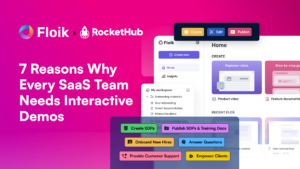
7 Reasons Why Every SaaS Team Needs Interactive Demos
Making a Case for Interactive Demos: 7 Reasons Why Every SaaS Team Needs Them Let me paint a scenario for you. You want to buy

